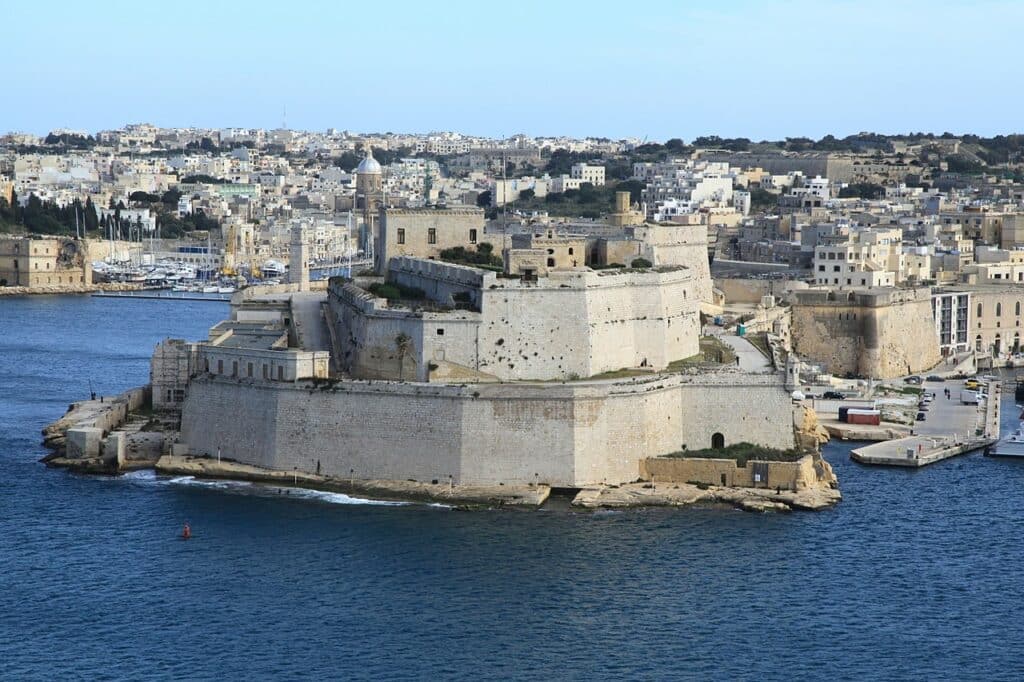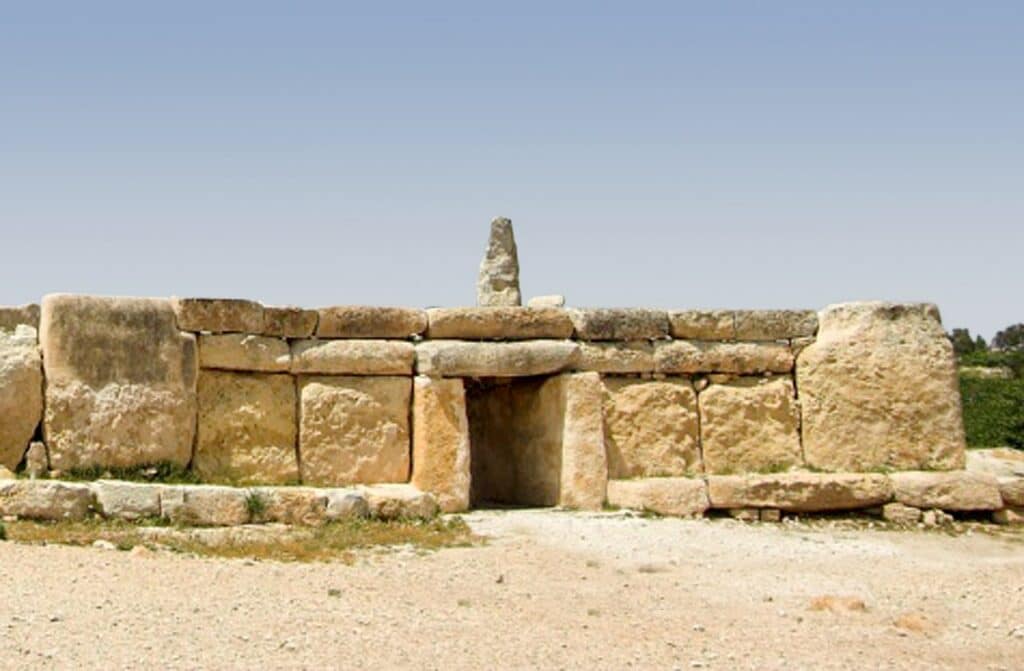You didn’t come to Malta just to sunbathe on a hotel terrace. You came for something more. To sail in the shadow of empires. To glide across waters where Phoenician traders once whispered deals over amphorae of oil and wine.
Start at Grand Harbour
Start your journey in Grand Harbour. No other place in Malta holds more stories per square meter. As your yacht glides past Fort St. Angelo, you’re brushing shoulders with the Knights of St. John, Ottoman fleets, and a few ghosts, probably. You can almost hear a canon go off. Not for show, but for war.

Set aside a moment here. Grand Harbour isn’t just a backdrop. It’s the stage where Malta’s most dramatic moments unfolded. From the Great Siege of 1565 to World War II bombings, this water has seen resilience, defiance, and the kind of firepower that once echoed across continents. You don’t just sail out—you pass through layers of living history.
Heading South
Sailing out of the harbour feels like turning a page. The skyline of Valletta, a 16th-century fortress city, fades into the distance. You’re headed south, toward the Blue Grotto. But first, slow your engine near Marsaxlokk Bay. It’s not just the colorful luzzu boats that make it picturesque. This was once a Roman port. Some believe Cleopatra may have dropped anchor here. Though, you didn’t hear that from me.
If you’re timing this with the Sunday fish market, drop in for fresh catch and local flavor. No filters needed. This is the real Malta: fishermen mending nets, sun-worn facades, and that raw, salty scent that reminds you you’re far from the polished travel brochures.
The Blue Grotto
The Blue Grotto isn’t just a natural wonder. The Phoenicians believed caves were sacred gateways to the underworld. Imagine entering that yawning cave mouth by boat, the sun bouncing electric blue off limestone walls, and thinking: is this what mythology looked like in real life?
The play of light here is mesmerizing. It’s not just a pretty sight—it’s a reflection of millennia of erosion and elemental artistry. Locals say the cave glows best early in the morning. Arrive then, and you’ll feel like you discovered it before the rest of the world caught on.
Ħaġar Qim and Mnajdra Temples
Swing around the southern tip of the island and point your bow toward Ħaġar Qim and Mnajdra Temples. You can’t dock there, but you can anchor offshore and take a tender in. These megalithic structures are older than the Pyramids. Built over 5,000 years ago, they align with the solstices. Sunlight streams through their doorways like clockwork. You’re not the first to witness it from the sea. Ancient seafarers likely used these landmarks to guide them home.

Archaeologists are still puzzling over how these massive stones were transported. You’ll be just as puzzled, standing beside them. Some weigh several tons. The temples are a UNESCO World Heritage Site, and rightly so. You feel small here—not in a bad way, but in the way that humbles you.
Feeling smug about sailing past the Neolithic? Good. You’re earning your wine tonight.
St. Paul’s Islands
Next stop: St. Paul’s Islands, just off the coast of Mellieħa. This is where, according to Acts of the Apostles, the Apostle Paul was shipwrecked in 60 A.D. He introduced Christianity to Malta while recovering on the island. You? You’re probably recovering from last night’s Negronis. Different vibe, same coastline.
There’s a statue of St. Paul on the island—a quiet guardian of Malta’s spiritual history. It’s a popular dive site too. Beneath the waves lie ancient anchors and the occasional octopus, lurking like a bored historian waiting for someone to ask the right questions.
Comino and the Blue Lagoon
Cruise along the northern tip. Watch how the coastline tightens and unfolds, like a map being slowly unrolled. Sail into Comino’s Blue Lagoon, and you’ll understand why smugglers, soldiers, and saints all coveted this quiet inlet. The water is so clear it’s disrespectful. You’ll want to jump in, but stay aboard a little longer.
Look up at St. Mary’s Tower. It’s not a Bond villain lair, though it could be. Built in 1618 by the Order of St. John, it guarded sea lanes and served as a relay post. Imagine lighting a signal fire there, alerting Valletta that corsairs were approaching. Today, it’s good for drone shots and envy-inducing Instagram posts.
If you’re lucky, you’ll spot dolphins here. Or a superyacht with more crew than guests. Either way, keep moving.
Dingli Cliffs and Ancient Mysteries
Circle back toward Malta’s west coast. Sail close to Dingli Cliffs. The sea deepens here. So do the stories. Beneath these cliffs, Bronze Age cart ruts vanish into the sea. Archaeologists are still arguing about their purpose. Your guess is as good as theirs. (Pro tip: say “ritual” and nod wisely.)

Legend has it that some cart ruts were formed by ancient chariots. Others say they’re the remains of a lost transportation system. Either way, these marks in stone are strangely captivating. They’re Malta’s version of crop circles—but with salt spray and ancient dust.
Anchor Bay and a Lighter Note
Cap off your route with Anchor Bay. Yes, it’s touristy. Yes, Popeye Village is there. But even spinach-loving sailors need a laugh. Besides, the surrounding bay hides underwater caves and Roman-era anchors.
Snorkel here if time allows. The sea life is surprisingly diverse. Watch for parrotfish, sponges, and maybe the occasional old ship’s nail embedded in rock. It’s playful here, which is exactly what you need to finish a trip heavy with history.
Your Voyage with MedSail
It’s not just a coastline. It’s a timeline. And you’re cruising through it on a floating front-row seat.
If you sail with MedSail, you’re not just renting a boat. You’re commissioning your own history tour. With wine. And Bluetooth speakers.
Mark Twain once said, “History doesn’t repeat itself, but it often rhymes.”
In Malta, it does both. With a sea breeze.
